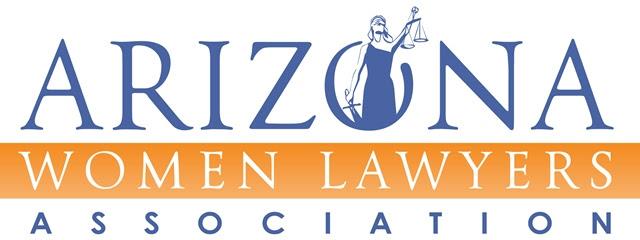

I was reminded of this little fella!
Clippy was some of the first AI that many practicing lawyers were introduced to. He recognized patterns in Word documents and eagerly sought opportunities to help the writer construct the same.
While some found Clippy’s eagerness helpful, most found his constant attempts to please annoying. His puppy-like over-eagerness, combined with what many described as leering, off-putting eyes, caused Microsoft to decommission Clippy. RIP.
We have come a long way since Clippy! Tools like ChatGPT have been increasingly used by lawyers to conduct legal research and brief-writing, sometimes with disastrous results. Disaster occurs when users fail to understand the AI tool being used, what data the AI tool relies on, or how the tool generates results.
So, what is AI? According to IBM, AI is technology that enables computers to “simulate human intelligence and problem-solving capabilities”. Tech Target defines AI similarly as, the “simulation of human intelligence processes by [computers]”. In general, AI works by consuming huge amounts of data, analyzing it for patterns, and using those patterns to make predictions. This is how an interactive chatbot learns to generate human-like responses.
While AI has been around for decades, the current focus is on generative AI (GenAI). You may have heard the term, Machine Learning (“ML”). ML and AI are related but not the same. AI is the umbrella under which ML resides. AI is a broad concept describing the ability of a computer to “act human”, whereas ML describes a specific feature, or application, of AI. Specifically, it is ML that allows a computer to extract information from data and “learn”. ML aims to teach a machine how to perform a specific task and identify patterns and is responsible for natural language processing, such as the interactive chatbot your website may be using. AI is the foundation of specialized software that writes and trains ML algorithms.
At the time of writing, ChatGPT remains the most popular AI tools for generating text. Chat GPT is a “Large Language Model”, which is trained on voluminous data from the internet for the purpose of producing human-like writing. ChatGPT is a form of generative AI (GenAI), which means it creates content. For any lawyer using AI, such as ChatGPT, it is critical to understand how the GenAI tool generates output and from where it gets data. Furthermore, it’s critical to know that GenAI is the consummate people pleaser, sometimes creating false information to satisfy your request. These instances are affectionately referred to as hallucinations. Seriously.
GenAI hallucinations have included instances of ChatGPT inventing law and/or fake cases. In fact, the new ChatGPT log-on page has a couple of important disclaimers, one being, the tool “may provide inaccurate information” and suggests that users “check your facts”. In addition to hallucinations, some additional limitations of GenAI are lack of helpfulness (i.e., not following your instructions) and generating biased output. You must also determine who owns the data and how much of the data that you input will be shared with the public. For example, if you input case-specific identifying information about your client’s case into the ChatGPT platform, it becomes publicly available, potentially shattering your client’s confidentiality. Chat GPT’s log-in page now also has an additional disclaimer, “do not post sensitive information”.
Unless your GenAI tool is specifically designed for practicing attorneys, this writer would not recommend using it for legal research. If you do, make sure to double-check the citations and sources. Even if your AI-assisted research tools were created for lawyers, double-check the results. You want to avoid joining the increasing ranks of lawyers who have been reprimanded for negligently using GenAI.
Look to the next newsletter this summer for more information about innovative technology tools for lawyers!
For information about Artificial Intelligence, I encourage reading these articles:
Supporting the Arizona Women Lawyers Association for their professional standards and values.


